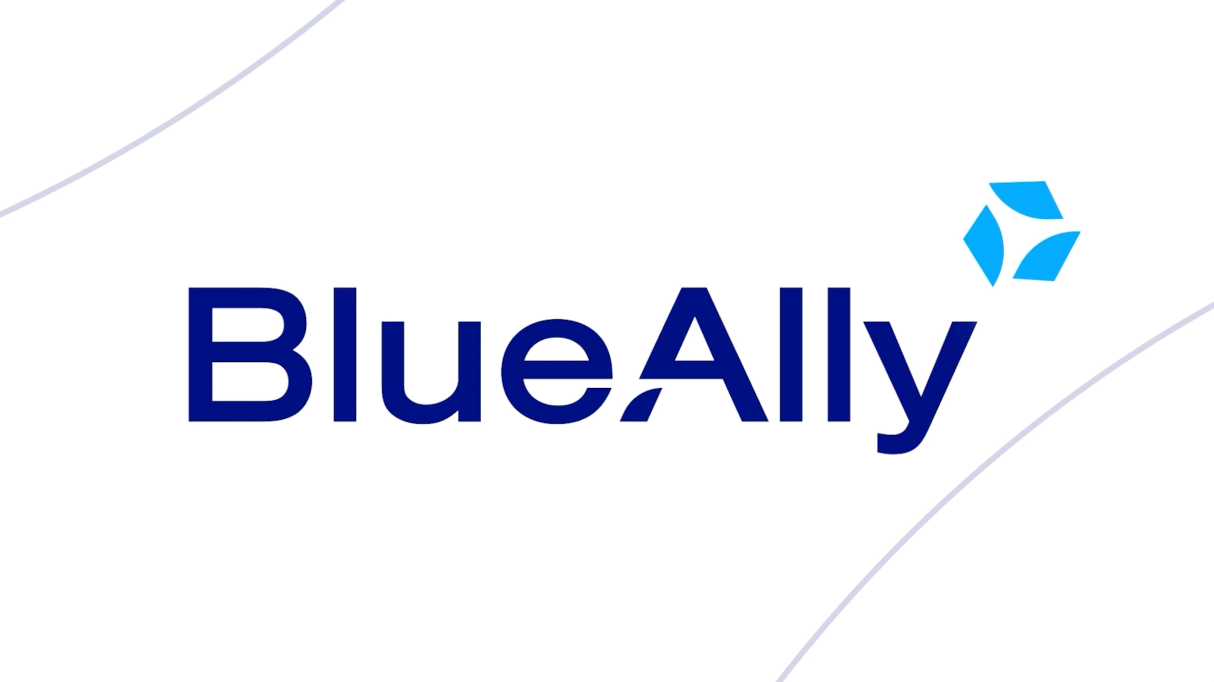 FEATURED
FEATUREDKEITH MANTHEY | Field CTO
Artificial Intelligence (AI) has evolved from a futuristic concept into a transformative force reshaping a wide range of industries. For Chief Information Officers (CIOs), the challenge lies not just in understanding AI’s potential, but in identifying and prioritizing the right use cases to maximize value and avoid costly missteps. A recent article from CIO Dive underscores the importance of strategically selecting AI initiatives that align with organizational goals, foster cross-functional collaboration, and deliver measurable outcomes. This blog explores key strategies CIOs can adopt to navigate the complex landscape of AI adoption effectively.
The Stakes of AI Prioritization
AI offers immense potential—from automating repetitive tasks to providing predictive insights that support strategic decisions. However, as highlighted in CIO Dive, not all AI use cases are created equal. Poorly aligned initiatives can drain resources, erode stakeholder trust, and delay tangible benefits. For CIOs, the stakes are high: selecting the right use cases means balancing innovation with practicality to ensure initiatives deliver real value and support broader organizational objectives.
To avoid falling victim to AI hype, CIOs must focus on use cases that directly address business challenges. This requires a disciplined, value-driven approach rooted in collaboration with business units, clearly defined evaluation criteria, and a commitment to measurable outcomes. When done correctly, AI becomes a driver of transformation—rather than a costly experiment.
Collaboration as the Foundation
One of the key takeaways from CIO Dive is that AI success depends on strong cross-functional collaboration. Too often, projects fail when IT teams work in isolation, disconnected from the business functions they aim to support. CIOs must act as facilitators, engaging stakeholders from across the organization—including operations, finance, and marketing—to identify pain points and opportunities where AI can deliver impact.
For example, a manufacturing company may prioritize predictive maintenance to reduce downtime, while a retailer may focus on AI-powered personalization to increase sales. These decisions must be informed by domain experts who understand their departments’ specific needs. Encouraging open dialogue ensures AI projects are anchored in practical, real-world use cases.
Defining Clear Evaluation Criteria
Prioritizing AI use cases requires a structured evaluation framework. As CIO Dive notes, CIOs should assess opportunities based on three essential criteria: feasibility, impact, and strategic alignment.
- Feasibility considers technical readiness and data availability—does the organization have the infrastructure and clean, accessible data to support the initiative?
- Impact assesses the potential return on investment (ROI), including cost savings, revenue generation, and client experience improvements.
- Alignment evaluates whether the initiative supports long-term business goals such as market expansion or sustainability.
For instance, a healthcare provider might consider an AI solution for patient triage automation. However, without clean patient data, the project may not be viable. In contrast, an initiative focused on optimizing supply chain logistics may score high in both feasibility and impact if the organization already has strong data systems and operational inefficiencies. Using a consistent framework helps CIOs filter out low-value projects and focus on the highest-impact opportunities.
Starting Small, Scaling Smart
Implementing AI successfully often means starting small and scaling smart. Rather than launching large-scale programs from the outset, CIOs should begin with pilot projects designed to produce fast, measurable results. These pilots allow teams to test assumptions, refine algorithms, and demonstrate success without significant upfront investment.
For example, a financial services firm might deploy an AI-powered chatbot to handle basic client inquiries. If the pilot improves response times and reduces call center costs, the organization can gradually scale the solution to include more complex tasks like fraud detection or personalized advice. This incremental approach reduces risk and builds internal credibility for AI efforts.
Overcoming Common Pitfalls
CIOs must also navigate common pitfalls that can derail AI initiatives. One such pitfall is chasing emerging technologies without a clear business case. Another is underestimating the importance of high-quality data—AI models are only as good as the data used to train them. Resistance to change is another barrier, as employees may worry about the implications of AI on their roles.
To overcome these challenges, CIOs should invest in strong data governance practices and emphasize change management strategies. Clear communication about AI’s benefits, coupled with targeted training, helps alleviate concerns and accelerates adoption. Taking a proactive approach to these issues ensures a smoother, more sustainable implementation.
Measuring Success and Iterating
Establishing and tracking key performance indicators (KPIs) is essential to managing AI initiatives. Metrics might include operational cost savings, time-to-market improvements, or client retention rates. These benchmarks enable organizations to evaluate success, iterate on their processes, and pivot when necessary.
Regular assessments also help teams adapt to new findings and changing conditions—ensuring AI investments continue to deliver value over time. By making iteration a core part of the strategy, CIOs maintain flexibility and focus on continuous improvement.
The Path Forward for CIOs
As AI technology matures, CIOs face a pivotal opportunity to drive organizational change. Prioritizing the right use cases, fostering internal collaboration, and maintaining a disciplined execution approach are essential to long-term success. Insights from CIO Dive provide a practical guide for CIOs looking to achieve impactful, scalable AI outcomes.
The key takeaway is clear: success in AI doesn’t come from doing everything—it comes from doing the right things. By focusing on feasible, high-impact initiatives and nurturing a culture of accountability and innovation, CIOs can lead their organizations toward a future where AI delivers measurable and meaningful value.
Source: “Businesses struggle to pick the right AI use case: report” | CIO Dive











































